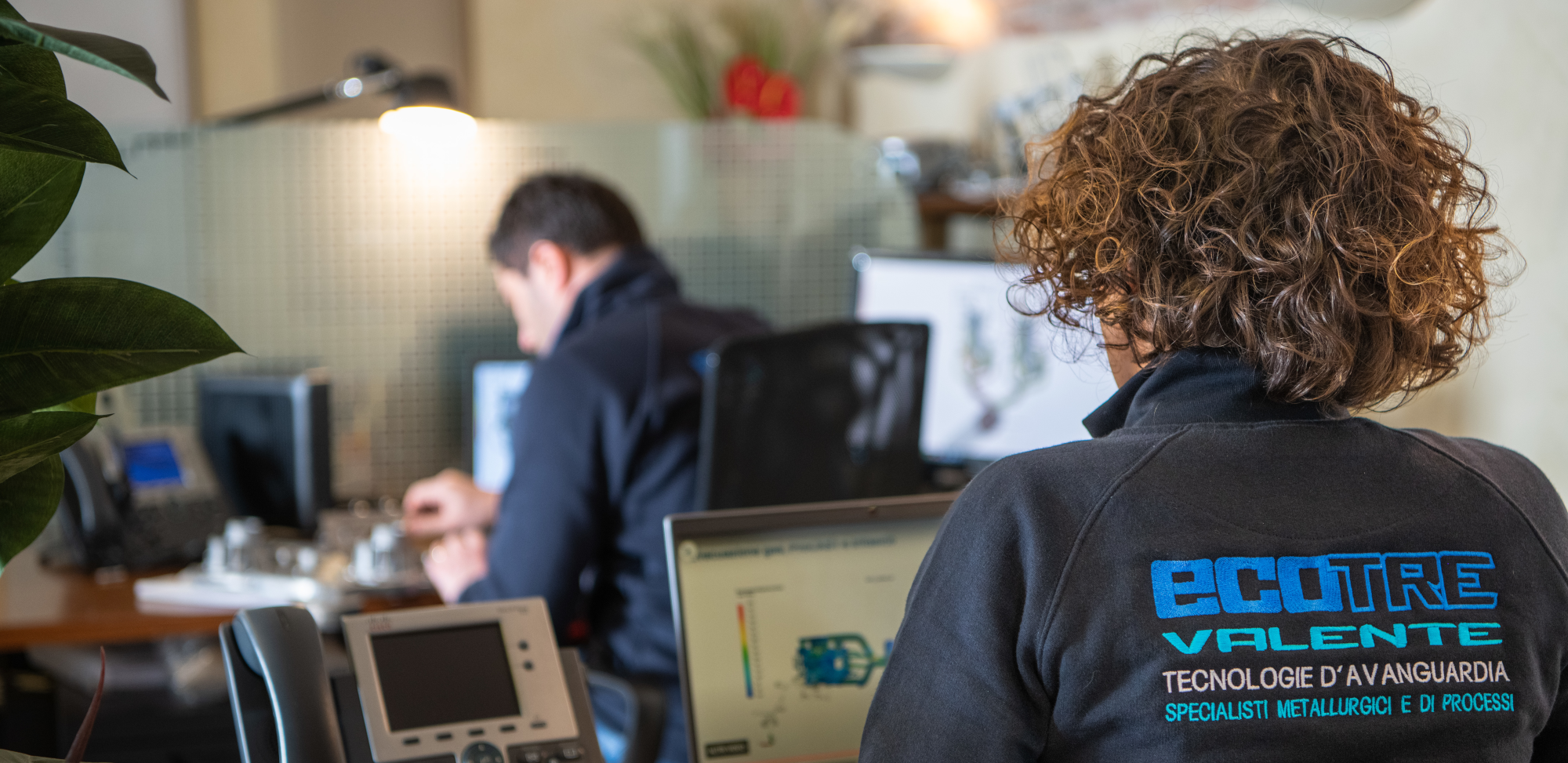
Air and gas encapsulated by the alloy during filling cause porosity from gas and obstruct the stroke of the alloy, causing delamination and incompleteness. Vacuum solves the problem.
During the die casting process, filling only lasts a few milliseconds. This is why vacuum is considered the most effective technology for the ejection of air and gases, obtaining high-quality workpieces.
In different industrial fields, such as automotive, structural parts normally have complex shapes, are compact and slim. Furthermore they require heat treatment, and must be suitable for welding and be ductile. These parameters require a stable and profitable casting process, characterised by an ideal mould design, a perfectly coupled die casting machine, adequate peripheral devices, as well as a perfect alloy. The unquestionable challenge when producing structural parts is precisely filling the cavity, especially when involving long and slim flow paths, within a brief filling time and with the best possible vacuum value.
The innovative vacuum technology guarantees effective evacuation until the end of the filling phase thanks to two methods: patented mechanical valves with a closing time of a millisecond or chill-blocks which stand out for a clever aerodynamic profile.
The application of vacuum is suitable to any die casting cell and any mould.
The ECOTRE research and development engineers are constantly engaged in perfecting the vacuum application for die casting and plastic injection moulding operations. They also carry on strict collaboration with universities, technical institutes and customers throughout the world. On the basis of this synergy between research and market, the company is capable of meeting the ever more sophisticated requirements of its customers.